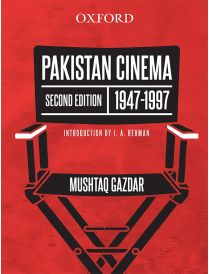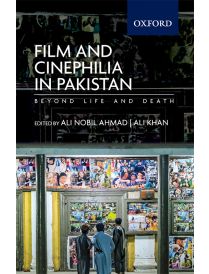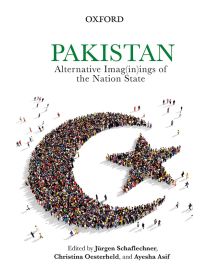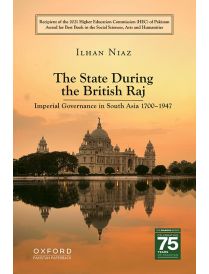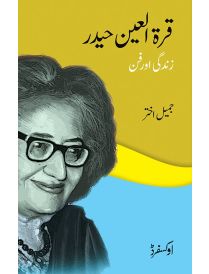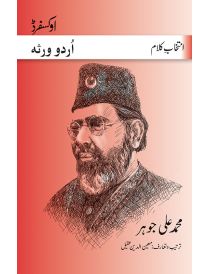South Asian Filmscapes
In South Asia, massive anticolonial movements in the twentieth century created nation-states and reset national borders, forming the basis for emerging film cultures. Following the 1947 Partition of India and Pakistan and the 1971 Bangladesh Liberation War, new national cinemas promoted and reinforced prevailing hierarches of identity and belonging. At the same time, industrial and independent cinemas contributed to porous and hybrid film cultures, reflecting the intertwining of South Asian histories and their reciprocal cultural influences.
South Asian Filmscapes excavates these complex politics and poetics of bordered identity through selected histories of cinema in South Asia. Several essays reveal how fixed notions of national identity have been destabilized by the cross-border mobility of filmed arts and practitioners, while others interrogate how filmic politics intersect with discourses of nationalism, sexuality and gender, religion, and language. Together, they offer a fluid approach to the multiple histories and encounters that conjure ‘South Asia’ as a geographic and political entity through a cinematic imagination.
 Weight in kg
0.38
Weight in kg
0.38
 Rights
For sale in Pakistan only
Rights
For sale in Pakistan only
 Year of Publication
2023
Year of Publication
2023
 Binding
Paperback
Binding
Paperback
 Pages
312
Pages
312



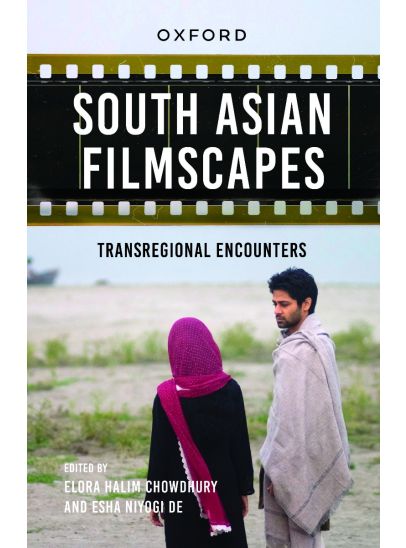
 Bulk Order
Bulk Order Request a Quote
Request a Quote
